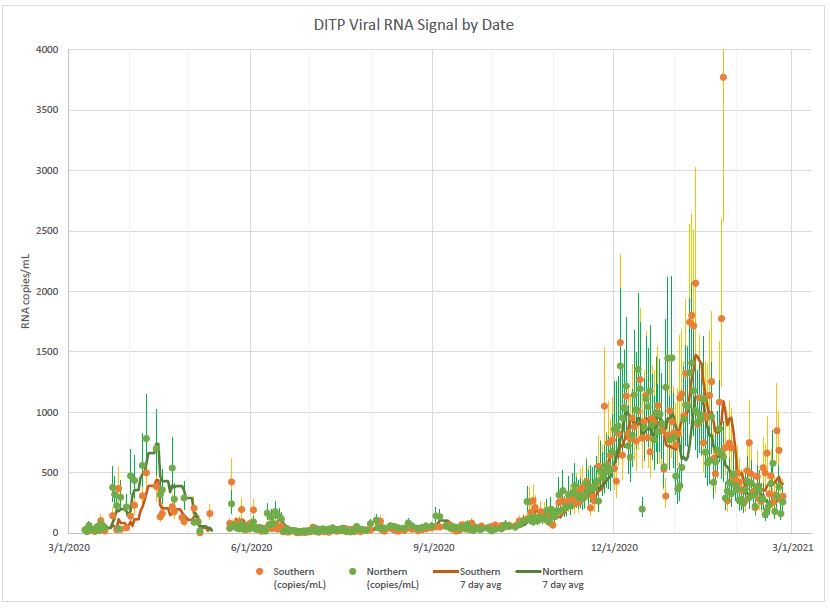
1. I've been frustrated with how #COVID19 cases among the vaccinated have been reported, and I feel like it can be done better. I'm not an expert in this space, but I wanted to toss out some thoughts to #epitwitter and see if some collective wisdom could emerge. 🧵
2. First, to be clear, this is about public presentation of data in the media, not optimal study design to determine vaccine efficacy. My premise: Reporting just number of "breakthrough" cases lacks context, and "breakthrough" cases divided by number vaccinated lacks meaning.
3. So what is meaningful? Starting with cases, I'd argue that new cases per 100,000 vaccinated vs. new cases per 100,000 unvaccinated is a good starting point. CA does this - for the past week, it was 7 for vaccinated and 33 for unvaccinated.
cdph.ca.gov/Programs/CID/D…
cdph.ca.gov/Programs/CID/D…
4. The temptation is to jump from there to vaccine efficacy. Obviously this doesn't control for differences in populations, public health measures, etc. But it is far more useful than saying "99.99% of vaccinated people didn't get COVID", or "there were x breakthrough cases."
5. And you don't need to say "the vaccine gave you an 80% reduction in risk of getting COVID". You can say "COVID cases among the vaccinated were 80% lower than among the unvaccinated this week." Simple, direct, and factual.
6. But the reporting needs to also include hospitalizations and deaths. @BostonGlobe reported today that hospitalizations in MA among the vaccinated increased by 92 from Jul 10 to 31. But that was it. What does 92 mean to the average reader? Is that a big or small number?
7. If I read MA DPH raw data correctly, there were 480 new hospitalizations over this period. If ~ 4.3M were vaccinated and ~2.6M were unvaccinated, that would mean 15 per 100,000 unvaccinated vs. 2 per 100,000 vaccinated hospitalized. Ballpark, of course.
8. Here, differences in population matter more than for cases (especially the fact that many of the unvaccinated are under 12). Better to remove young kids from numerator and denominator, or age adjust. I can't do that from public data, but the state agencies sure can.
9. But even without these refinements, this comparison still seems useful at first order, vs. how things are reported now. Doing this for deaths is trickier, given lag periods and changing denominators. But simple factual statements with caveats could be made.
10. This feels like it would give people much better info. Not to pick on @BostonGlobe, since every media outlet reports the same way, but today's article said the number of breakthrough cases grew 75% during this 3 week period. That could create panic without a comparison group.
11. On the other hand, the same article said that just 0.18% of vaccinated people had breakthrough cases, which could give people a misleading sense that vaccines offer 99.8% protection without a comparison group.
12. So, #epitwitter and those more well versed in the world of ID epi than me - how do you think major media outlets should be reporting "breakthrough" cases, hospitalizations, and deaths? Do my simpleminded calculations help or hinder? How do we increase numeracy?
• • •
Missing some Tweet in this thread? You can try to
force a refresh






